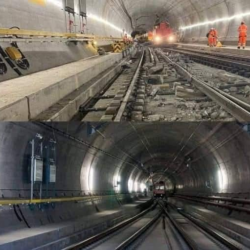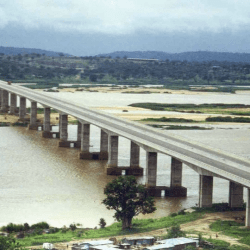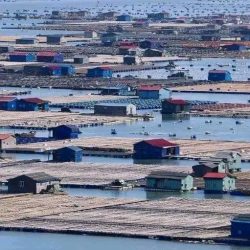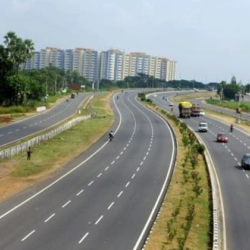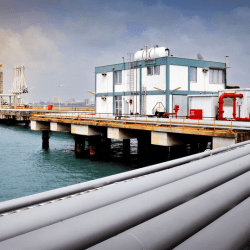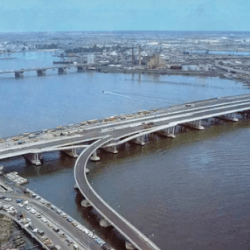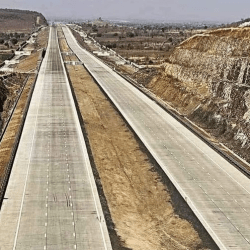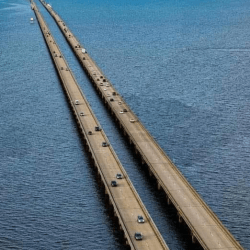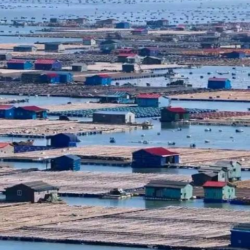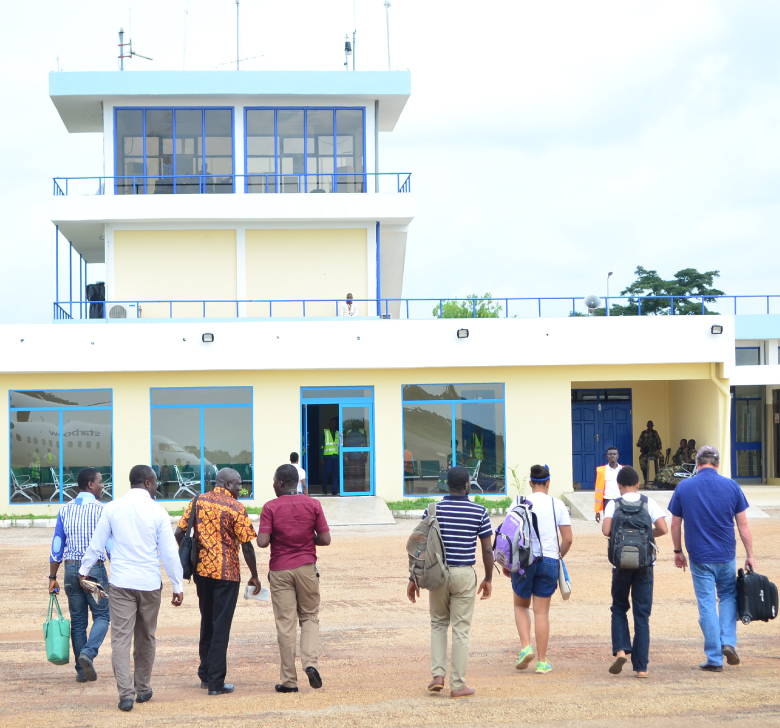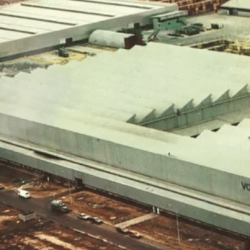Norway has embarked on a groundbreaking engineering feat with the construction of the world’s first floating road in a tunnel. This project aims to address the geographical challenges posed by the country’s rugged terrain and extensive fjords, particularly in the Sognefjord, the largest and deepest fjord in Norway.
The floating tunnel project is a pioneering step in modern infrastructure, addressing the unique challenges of a country shaped by fjords. With cutting-edge technology and an ambitious vision, the project will not only improve connectivity and travel times but also serve as an inspiration for future engineering marvels across the globe. While the cost is steep, the potential economic, social, and environmental benefits will be monumental, positioning Norway as a leader in innovative, sustainable infrastructure.
Basic Details of the Project
- Length: 27 kilometers (approximately 16.8 miles)
- Depth: 400 meters (around 1,300 feet) beneath the water’s surface
- Estimated Cost: £50 billion (approximately $61 billion USD)
The floating tunnel will run through the Sognefjord, connecting parts of western Norway that are currently separated by vast bodies of water. This will be the first of its kind in the world, revolutionizing infrastructure in regions with challenging geographies.
Design and Structure
Unlike traditional tunnels or bridges, the floating tunnel will be submerged beneath the water, floating in place thanks to large pontoons anchored to the seabed. The tunnel will consist of two concrete tubes submerged at a depth of 400 meters, wide enough to accommodate two lanes of traffic.
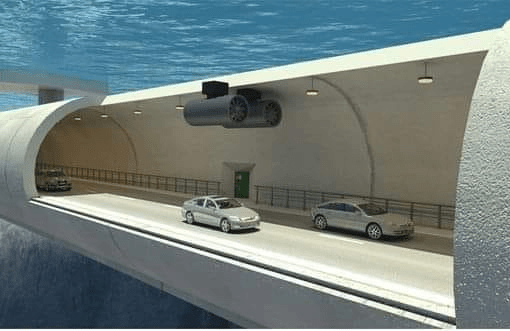
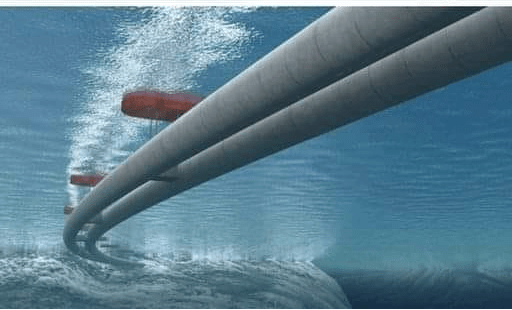
Key Features
- Floating Design: The tunnel will be buoyed by pontoons on the surface of the fjord, keeping the structure stable while allowing for the free passage of ships above.
- Suspension Cables: The tunnel will be anchored using cables attached to the seabed and pontoons to ensure stability in case of weather changes or water currents.
Purpose and Importance
Norway’s rugged terrain and more than 1,000 fjords make travel between regions time-consuming, requiring ferries to cross waterways. This project is part of Norway’s broader E39 Highway Project, which seeks to eliminate ferry crossings along the country’s west coast. The floating tunnel will provide a continuous road link, drastically cutting down travel time and improving access between major regions.
Key Benefits
- Reduced Travel Time: Travel time across the fjord will be reduced from hours (including ferry wait times) to mere minutes.
- Improved Connectivity: The tunnel will connect previously remote areas, boosting local economies and facilitating commerce.
- Environmental Impact: The tunnel’s submerged nature means minimal interference with the natural landscape and environment compared to traditional bridges.
Technological and Engineering Challenges
Constructing a floating tunnel is a massive engineering challenge, particularly given the depth and scale of Norway’s fjords. Some key hurdles include:
- Structural Integrity: The tunnel needs to withstand extreme pressure from the water at such depths, as well as withstand strong ocean currents and potential seismic activity.
- Maintenance and Safety: Long-term maintenance of the tunnel will be crucial, given its submerged nature, to ensure safety for drivers.
- Environmental Concerns: While the project is designed to minimize surface disruption, careful planning is necessary to ensure minimal ecological impact on the fjord’s ecosystem.
Cost and Economic Impact
The project is expected to cost a staggering £50 billion, making it one of the most expensive infrastructure projects ever undertaken by Norway. However, the potential economic benefits include:
- Increased Tourism: Norway’s scenic fjords are major tourist attractions, and improved accessibility could boost tourism in the region.
- Job Creation: The construction and subsequent maintenance of the tunnel will generate significant employment opportunities.
- Long-term Infrastructure Savings: By replacing ferry routes, the floating tunnel could reduce long-term transportation costs for both people and goods, enhancing Norway’s internal trade routes.
Future Implications for Global Infrastructure
This floating tunnel is not only a first for Norway but also a potential model for other countries with similar geographical challenges. Countries with complex terrains, such as Japan or Chile, may adopt similar technology for their transportation systems. Moreover, this project could inspire innovative solutions for infrastructure in coastal cities dealing with rising sea levels.
